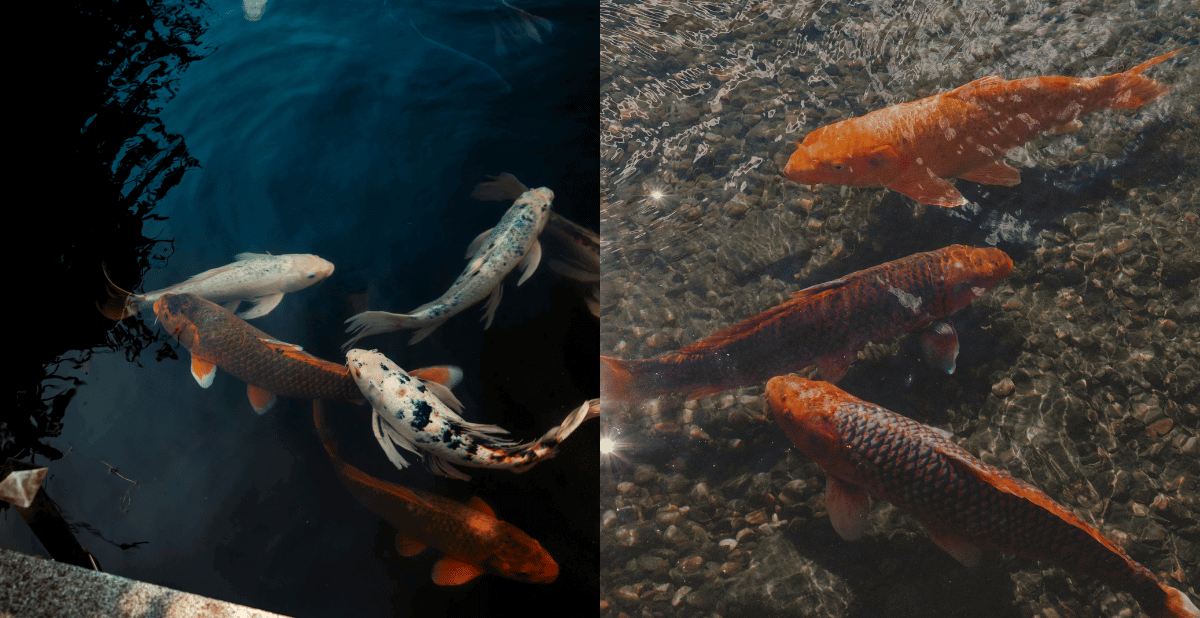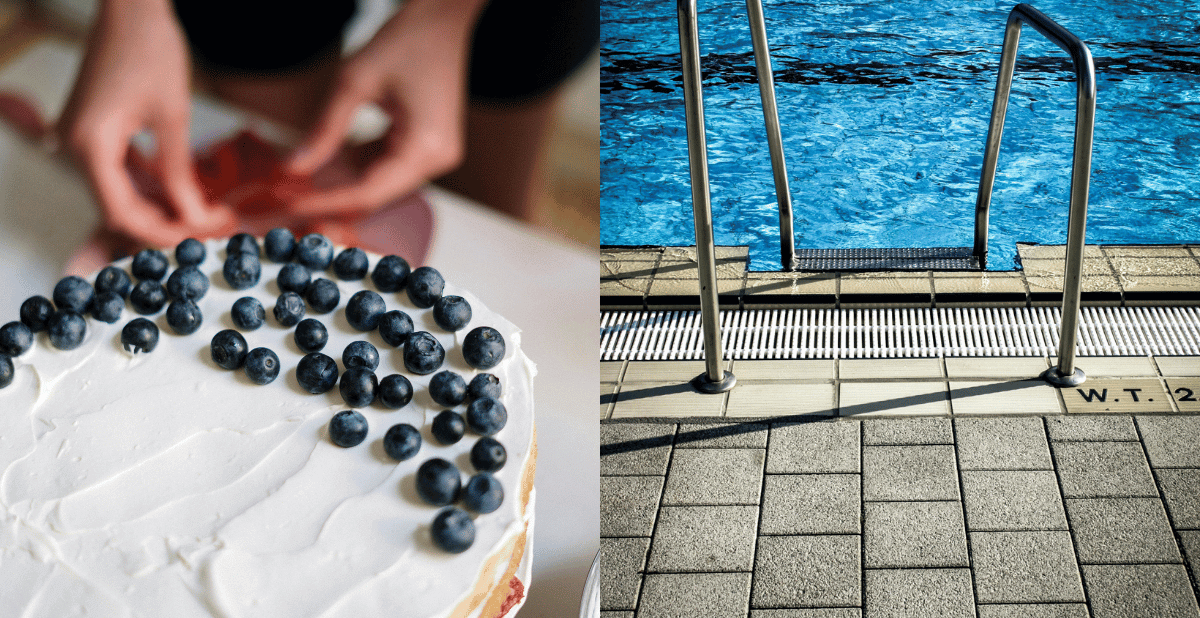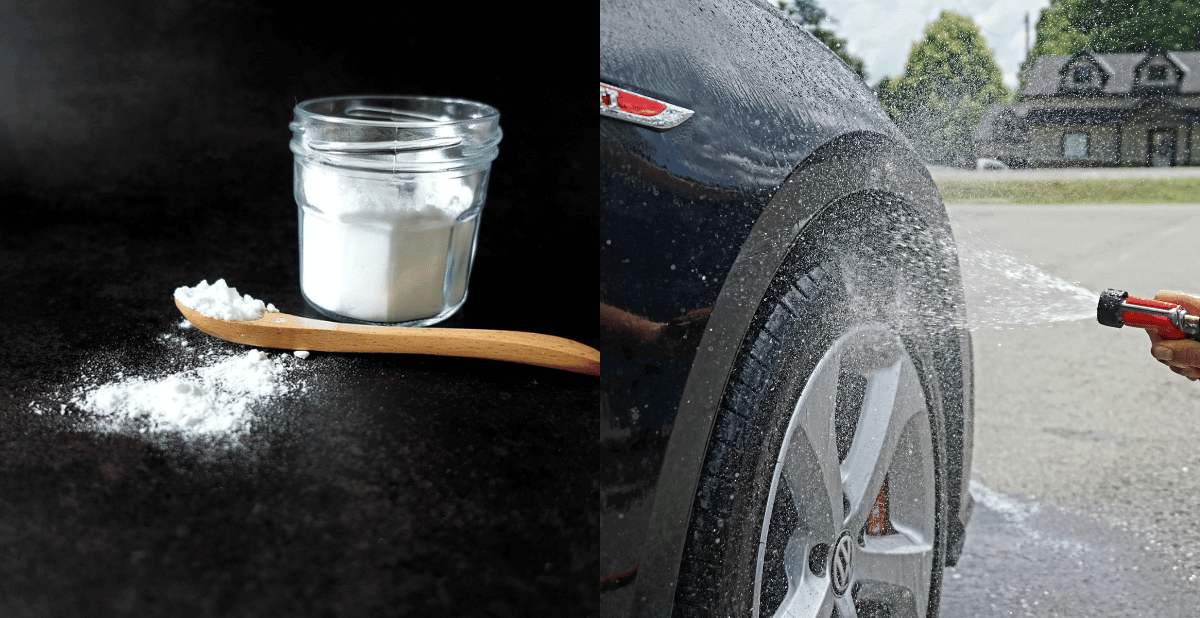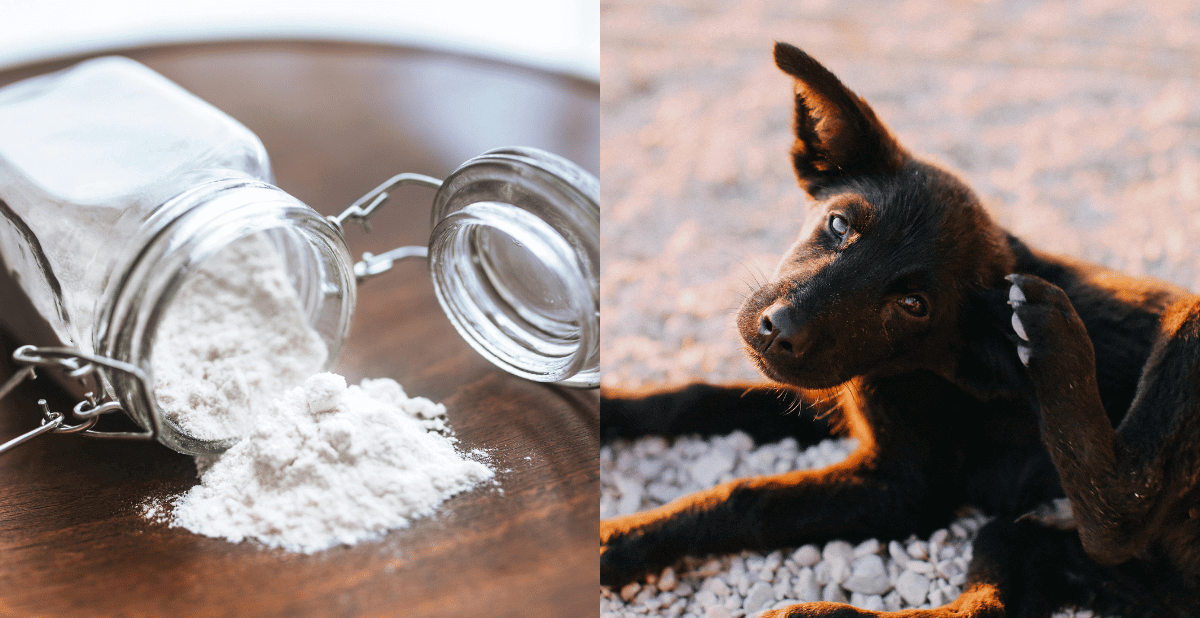Maintaining the right pH level in your koi pond is like walking a tightrope. Too high or too low, and you risk the health of your pond fish. How much baking soda to raise pH in Koi Pond?
The pH level measures how acidic or alkaline your pond water is, with a scale ranging from 0 to 14.
A stable pH is essential for the well-being of your koi, and ideally, you want to keep it between 7.0 and 8.5.
A pH crash, where the pH level suddenly drops, can be catastrophic.
This often happens due to an accumulation of carbon dioxide, which forms carbonic acid in the water.
On the flip side, a high pH can also be problematic, leading to ammonia toxicity.
Therefore, understanding how to manage and adjust your pond's pH is vital.
Key Takeaways:
- Understanding pH Levels: Knowing the importance of pH levels in your koi pond is crucial for maintaining a healthy environment for your fish.
- Correct Dosage: The right amount of baking soda can stabilize your pond's pH without harming your koi.
- Monitoring and Maintenance: Regularly checking and adjusting the pH levels ensures the long-term health of your pond.
The Role of Baking Soda in pH Adjustment
Baking soda, or sodium bicarbonate, is a common household item that can be a lifesaver for koi pond owners.
It acts as a buffer, helping stabilize your pond's pH levels.
When added to water, baking soda neutralizes acids, thereby increasing the pH level.
However, it's not just about dumping baking soda into your pond.
The amount you need depends on various factors, including the size of your pond and the current pH level.
Too much baking soda can lead to a high pH, which is just as harmful as a low pH.
Therefore, it's crucial to measure and add the correct amount.
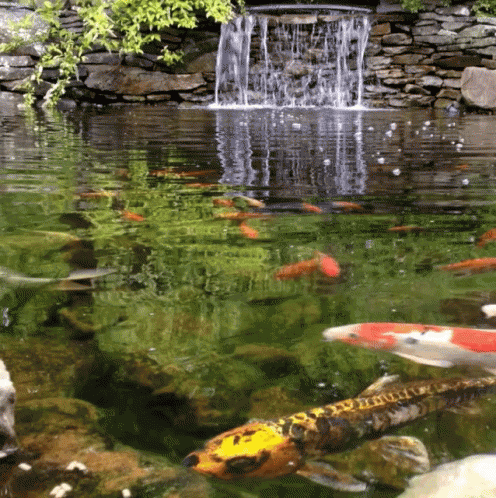
Calculating the Right Amount of Baking Soda
To determine how much baking soda you need, you first have to test your pond's pH level.
A pH testing kit is readily available at pet stores or online.
Once you know the current pH, you can calculate the amount of baking soda required to raise it to the desired level.
As a general rule of thumb, adding 1 teaspoon of baking soda per 100 gallons of water will raise the pH by approximately 0.1 units.
For example, if you have a 1,000-gallon pond and your pH is 6.5, you need about 10 teaspoons of baking soda to raise the pH to 7.0.
Always add the baking soda gradually, allowing the water to circulate for a few hours before retesting the pH.
The Importance of Gradual Adjustment
Raising the pH too quickly can stress your koi, leading to health issues.
It's essential to make adjustments gradually.
If your pond's pH is significantly low, aim to raise it by no more than 0.2 units per day.
This slow adjustment allows your fish to acclimate to the changing conditions without stress.
In addition to using baking soda, consider adding calcium carbonate to your pond.
This compound also helps to buffer pH and provides essential minerals that contribute to overall pond health.
Combining sodium bicarbonate and calcium carbonate can offer a more stable pH environment.
Monitoring pH Levels Regularly
Regular monitoring of your pond's pH levels is crucial.
Fluctuations can occur due to various factors, including weather changes, fish waste, and decaying plant matter.
You can make timely adjustments and prevent any drastic swings by closely monitoring the pH.
Invest in a reliable pH meter or test strips to check the pH levels at least once a week.
During periods of heavy rainfall or when adding new fish, you may need to test more frequently.
Consistent monitoring helps you catch any issues early, ensuring a stable and healthy environment for your koi.
Addressing pH Swings
pH swings can be a nightmare for koi pond owners.
These sudden changes can stress your fish and disrupt the overall water quality.
To minimize pH swings, maintain a consistent routine of testing and adjusting the pH levels.
Avoid adding large amounts of baking soda at once, as this can cause rapid changes.
In addition to using baking soda, consider incorporating natural buffers like crushed oyster shells or limestone.
These materials slowly dissolve in the water, providing a steady source of calcium carbonate that helps to stabilize the pH.
Combining these methods can achieve a more balanced and resilient pond environment.
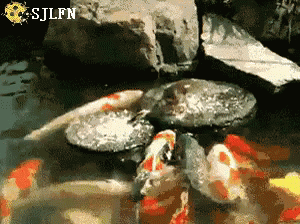
The Impact of pH on Pond Health
The pH level of your pond water directly affects the health of your koi.
A low pH can lead to acidosis, where the fish's blood becomes too acidic, causing stress and potential organ damage.
Conversely, a high pH can result in alkalosis, where the blood becomes too alkaline, leading to similar health issues.
Maintaining a stable pH is not just about the fish but also impacts the pond ecosystem.
Beneficial bacteria that break down waste and organic matter thrive in a specific pH range.
By keeping the pH stable, you support these bacteria, which in turn helps to maintain water quality and clarity.
Practical Examples and Case Studies
Let's take a look at a practical example.
John, a koi pond owner, noticed his fish were becoming lethargic and losing their vibrant colors.
After testing the water, he found the pH had dropped to 6.0.
John calculated that his 500-gallon pond needed 5 teaspoons of baking soda to raise the pH to 7.0.
He added the baking soda gradually over two days, and within a week, his fish were back to their lively selves.
In another case, Sarah had a 1,200-gallon pond with a pH of 8.5.
She was concerned about ammonia toxicity.
After consulting with a pond expert, she decided to add crushed oyster shells to her pond.
Over the next month, the pH stabilized at 7.8, and her fish showed no signs of stress.
FAQs
How often should I test my pond's pH levels?
Testing your pond's pH levels at least once a week is recommended.
You may need to test more frequently to ensure stability during periods of heavy rainfall or when adding new fish.
Can I use other substances besides baking soda to raise the pH?
Yes, you can use other substances like calcium carbonate, which also helps to buffer pH and provides essential minerals for pond health.
Crushed oyster shells and limestone are natural options that dissolve slowly, offering a steady source of calcium carbonate.
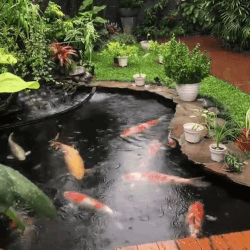
What should I do if my pond's pH is too high?
If your pond's pH is too high, you can lower it by adding substances like peat moss or commercial pH-lowering products.
Always make adjustments gradually to avoid stressing your fish.
Regular monitoring and maintenance are key to preventing high pH levels.
Until Next Time...
Maintaining the right pH level in your koi pond is essential for the health and well-being of your fish.
Baking soda, or sodium bicarbonate, is an effective tool for raising pH levels, but it must be used correctly.
Calculating the right amount, making gradual adjustments, and regularly monitoring the pH can create a stable and healthy environment for your koi.
Incorporating natural buffers like calcium carbonate can further enhance the stability of your pond's pH.
Thanks for stopping by,
MommaPuff



References:
How Much Baking Soda To Raise pH In Pool Calculator - FlixWater. https://flixwater.com/how-much-baking-soda-to-raise-ph-in-pool-calculator/
Koi Fish and Water Barium: Impact on Fish Health - ThePetsPortal.com. https://thepetsportal.com/koi-fish-and-water-barium-impact-on-fish-health/
Detox Weight Loss Methods Pt. I: Alkaline Water - JJ Smith. https://www.jjsmithonline.com/detox-weight-loss-alkaline-water/
How To Lower pH in a Pond: 4 Effective Methods | Animal World. https://www.hepper.com/how-to-lower-ph-in-pond/
KNOWLEDGE BASE- BEST WATER FILTER SYSTEM FOR YOUR HOME - Pacific Water Technology. https://pacificwater.com.au/knowledge-base-best-water-filter-system-for-your-home/
The Essential Guide to Hot Tub Water Chemistry: Balancing pH, Alkalinity, and Sanitizers - residencelayout. https://residencelayout.com/the-essential-guide-to-hot-tub-water-chemistry-balancing-ph-alkalinity-and-sanitizers/
How to Counteract Too Much Lemon Juice | LEAFtv. https://www.leaf.tv/articles/how-to-counteract-too-much-lemon-juice/
A Simple Act of Pool Maintenance - Trending American. https://trendingamerican.com/a-simple-act-of-pool-maintenance/
Rankings of Universities Operating in Nepal - Times Higher Education - Edusanjal. https://edusanjal.com/blog/rankings-of-universities-operating-in-nepal-times-higher-education/
Mighty Aquarium Hang on Filter – CK Fishworld. https://ckfishworld.com/products/mighty-aquarium-hang-on-filter
Are Guppies Freshwater Fish? (Complete Answered) - Pets Bent. https://petsbent.com/are-guppies-freshwater-fish/
ACMPR License: How To Maximizing Your Cannabis Yield in 2023 - Licence To Grow. https://www.licencetogrow.ca/acmpr-license-how-to-maximizing-your-cannabis-yield-in-2023/
How to Install Pond Netting (Stop Predators and Debris) - Back Garden Aquatics. https://backgardenaquatics.co.uk/how-install-pond-netting/
How dirty PCB affect the performance? | pcbknow. https://pcbknow.com/how-dirty-pcb-affect-the-performance/



